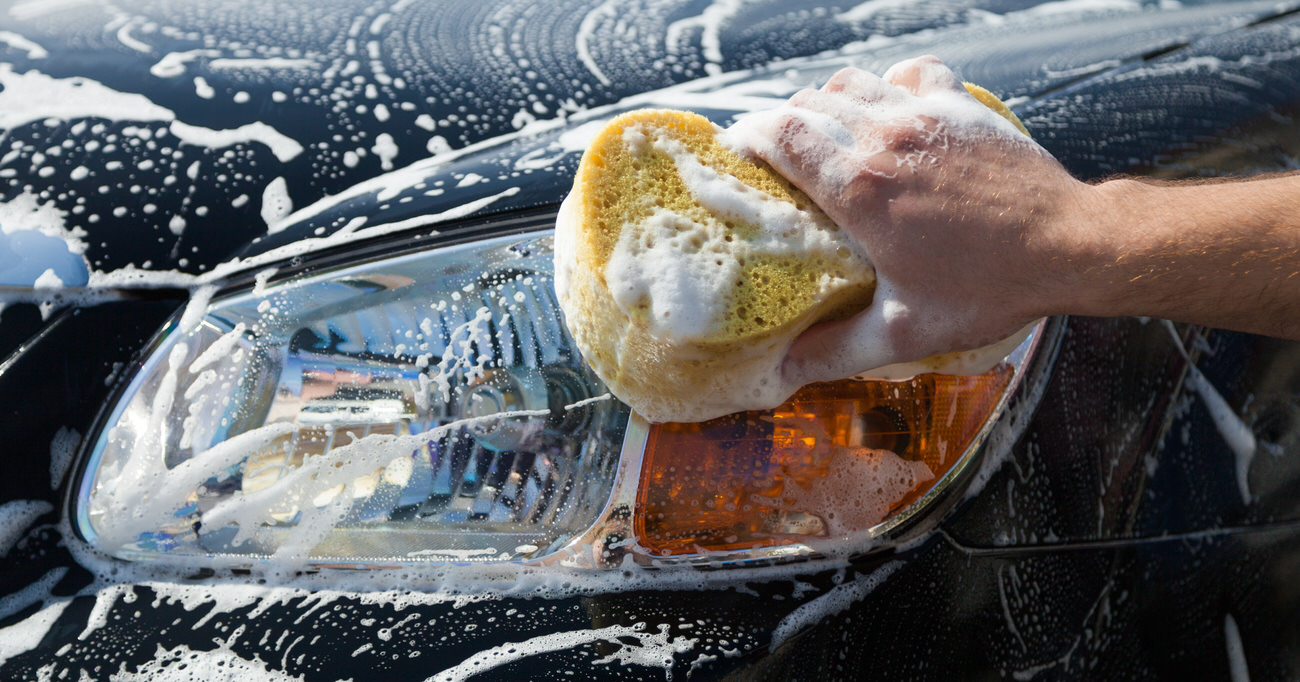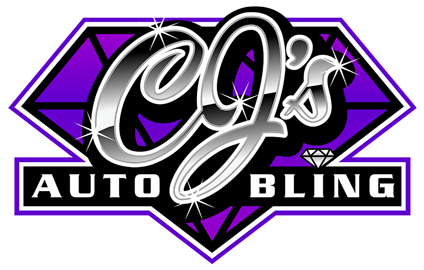
Wash Your Car the Right Way
Believe it or not, some people wash their vehicle every day because they find the act of washing and rinsing to be relaxing and therapeutic, like how Forrest Gump feels when he’s riding the mower. It is entirely possible, though, that this job doesn’t do the same thing for you. That is no problem. Many people regularly take their cars in for detailing, but if you’re like us and don’t mind getting your hands soapy while enjoying the sunshine, here are some car washing Q&As from the pros.
Things like dead and decaying bugs, bird droppings, sap, and chemicals from the atmosphere will all leach acids that can degrade the wax and eat into your car's paint.
Q: How often should I wash my car?
A: Your car washing schedule should be measured in weeks, not months. Things like dead and decaying bugs, bird droppings, sap, and chemicals from the atmosphere will all leach acids that can degrade the wax and eat into your car’s paint. In the industrialized world, rainwater has chemicals in it that leave damaging residue on the surface of your car, unless you give it a good rinse. Wash weekly, or you could end up with a costly restoration project instead of a simple washing job.
Q: What kind of products should I use?
A: Don’t use household cleaning agents like hand soap, dishwashing detergent, or glass cleaner on the paint because they have been known to strip off wax. Use car-wash products that are specifically designed for automotive needs. Be sure to follow the guidelines on each product, as they all have different benefits and application methods.
Suds should be applied with a large, soft, natural sponge or a lamb’s-wool mitt. Bug-and-tar remover for around your wheel wells can be applied with a soft, nonabrasive cloth as they can quickly blacken your sponge. Make sure you use a separate sponge to clean the wheels and tires, which may be coated with sand, brake dust, and other debris that could mar your car’s clear coat.
Q: Are there any general guidelines I should follow when washing my car?
A: Washing a hot car is not recommended. Heat speeds the drying of soap and water leaving behind noticeable streaks and soap deposits.
Believe it or not, it makes a difference whether you sponge in a circle (don’t, it makes swirl marks.) or lengthwise, and if you drop the sponge on the ground, make double sure you’ve rinsed it thoroughly. Swirly scrubbing or not- a tiny pebble embedded in your sponge is guaranteed to ruin your day (and your paint). For this same reason you should rinse the dust and dirt from all surfaces before you even begin washing.
After the initial rinse, work methodically, washing and rinsing the soap off one section at a time, top to bottom. We recommend you rinse your sponge in a separate bucket to prevent dirt from getting mixed into the sudsy wash water.
Q: How should I dry my car when I’m done?
A: Air drying will leave watermarks caused by minerals in hard water. It takes an extra five minutes to use a chamois (natural or synthetic) or soft terry towels to blot the water. You can always speed up the process by using a soft squeegee to remove most of the water first, but make sure the rubber is pliable and free of scratch-causing debris.
Q: Despite my best efforts, the results aren’t good enough. What can I do?
A: Washing your car shouldn’t take hours, and nothing is worse than putting in time washing your vehicle and then not being satisfied with the results. If you are interested in having your car look twice as beautiful in half the time, check out our ceramic coatings. These coatings bond with your vehicle’s paint to add a layer of hydrophobic, dirt repellent, scratch resistant, UV blocking armour. Washing your car will never feel like a chore again, and you will be floored with how great your car looks.
Any questions? We’re always happy to chat – just give us a call or send us a message.
